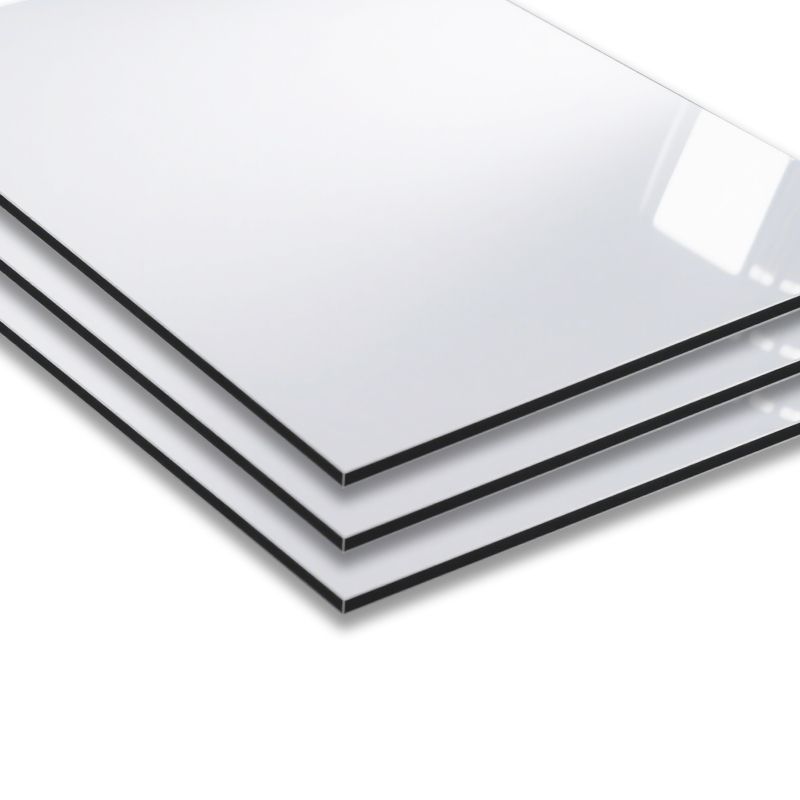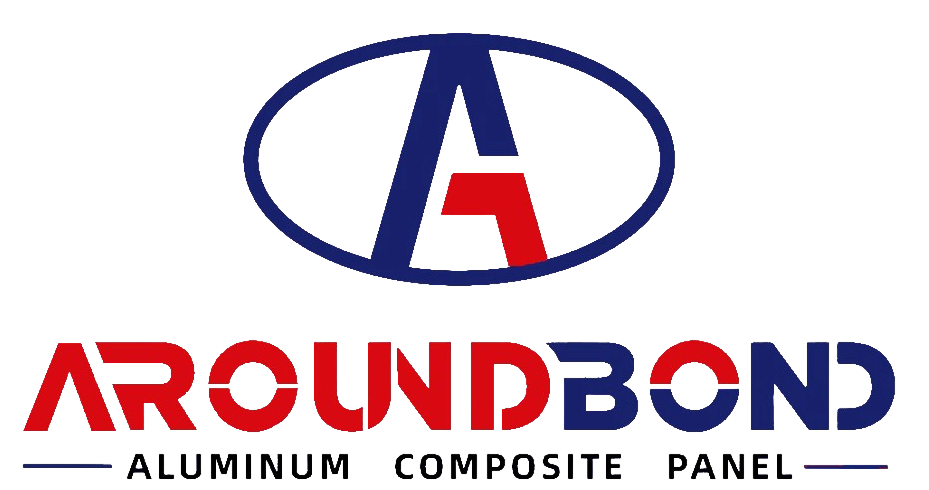High Gloss Aluminum Composite Panel: A Modern Marvel in Architectural Design
High Gloss Aluminum Composite Panel: A Modern Marvel in Architectural Design
High gloss aluminum composite panels (ACP) have emerged as a game-changer in contemporary architecture, blending aesthetic brilliance with functional superiority. These panels, characterized by their mirror-like finish and exceptional durability, are widely used in exterior cladding, interior design, signage, and industrial applications. Below is a comprehensive exploration of their composition, benefits, and transformative role in modern construction.

High Gloss Aluminum Composite Panel
1. Structural Composition and Manufacturing Excellence
High gloss ACP is a three-layered composite material comprising two pre-coated aluminum sheets bonded to a core, typically made of polyethylene (PE) or fire-resistant mineral compounds. The aluminum skins, usually 0.05–0.5mm thick, are treated with advanced coatings such as PVDF (Polyvinylidene Fluoride) to achieve a reflective, high-gloss surface. This coating not only enhances visual appeal but also ensures resistance to UV radiation, corrosion, and chemical exposure. For instance, panels with PVDF coatings often come with warranties of 10–15 years, making them ideal for harsh environments.
The manufacturing process integrates fluorocarbon pre-coiling and nano-technology to create ultra-smooth surfaces that repel dust and pollutants, maintaining their luster over decades. Leading manufacturers like Aroundbond adhere to stringent international standards (ISO 9001, CE, ASTM E84), ensuring both quality and safety.
2. Key Features and Advantages
Aesthetic Versatility
High gloss ACPs offer a luxurious, mirror-like finish that elevates architectural designs. Available in over 300 standard colors and custom shades, they can mimic materials like stainless steel, marble, or even chromatic effects. Projects such as Shanghai’s Mango Plaza and Dubai’s skyscrapers utilize these panels to create dynamic, light-reflective façades.
Durability and Weather Resistance
The PVDF coating provides unmatched resistance to weathering, UV rays, and temperature fluctuations (-50°C to +80°C). Additionally, their lightweight nature (50% lighter than solid aluminum) reduces structural load, simplifying installation in high-rise buildings.
Fire Safety and Environmental Compliance
Modern high gloss ACPs feature A2/B1 fire-rated cores (e.g., magnesium hydroxide) that meet EN13501 and NFPA285 standards, addressing critical safety concerns. Furthermore, the recyclability of aluminum (up to 95% recovery rate) aligns with green building certifications like LEED.
Ease of Maintenance
The non-porous surface resists dirt accumulation and can be cleaned effortlessly with mild detergents, ensuring long-term cost savings. This makes them a preferred choice for public spaces and commercial hubs.
3. Applications Across Industries
Architectural Cladding
High gloss ACPs dominate exterior façades for their ability to combine aesthetics with functionality. Landmark projects like Hangzhou’s Raffles City and Melbourne’s Lighthouse Apartments showcase their role in creating energy-efficient, weatherproof envelopes.
Interior Design
In interiors, these panels are used for feature walls, ceilings, and partitions in luxury hotels, airports, and retail spaces. Their reflective surfaces enhance spatial perception, while soundproofing cores improve acoustic comfort.
Signage and Advertising
The smooth, printable surface of high gloss ACPs makes them ideal for high-end billboards, exhibition booths, and retail displays. Their rigidity ensures longevity in outdoor settings.
Transportation and Industrial Use
Fireproof variants are employed in aviation, marine, and automotive interiors, offering lightweight durability and compliance with EN12899 safety standards.
4. Innovations and Future Trends
Nano-Coatings: Self-cleaning and anti-bacterial surfaces reduce maintenance costs.
Smart Integration: Panels embedded with photovoltaic cells enable energy-generating façades.
Hybrid Materials: Combining ACP with UHPC (Ultra-High Performance Concrete) enhances structural applications.
Conclusion
High gloss aluminum composite panels redefine modern architecture by merging visual elegance with engineering excellence. Their adaptability, sustainability, and resilience make them indispensable for projects demanding both form and function. As urbanization accelerates, these panels will continue to shape skylines, proving that beauty and practicality can coexist seamlessly.


